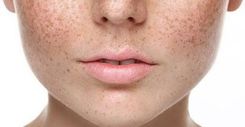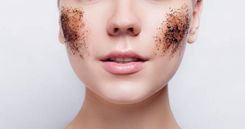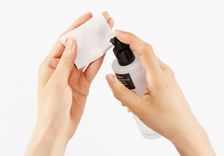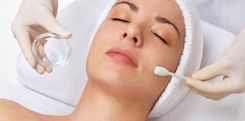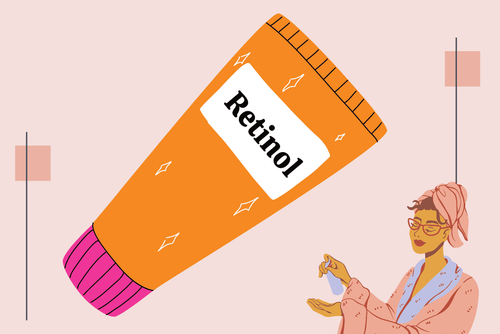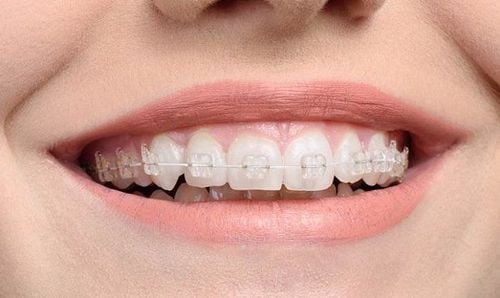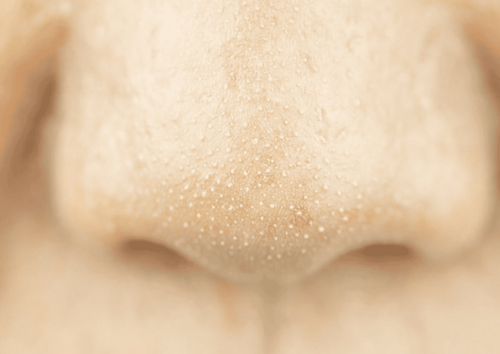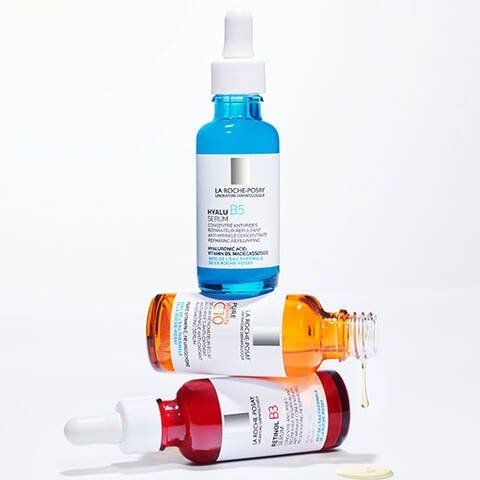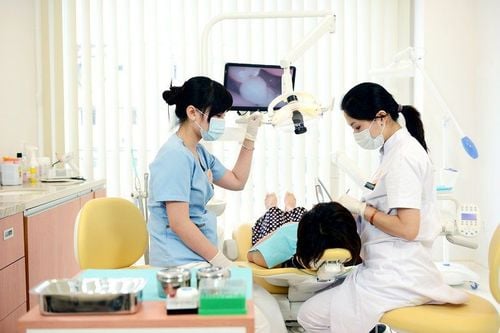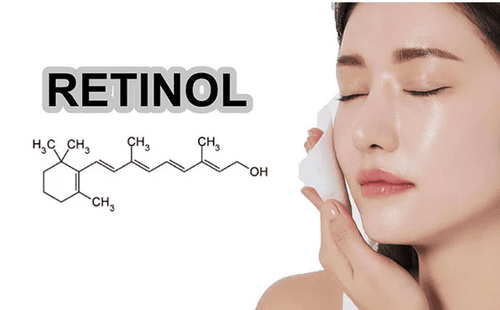This is an automatically translated article.
Sebaceous hyperplasia will produce shiny bumps on the skin, especially the face. The bumps are harmless but affect the aesthetics. Therefore, it is necessary to recognize the symptoms and causes for timely treatment.1. What is sebum?
Sebum is a mixture made of fat and cellular debris on the surface of your skin. Sebum helps retain water and makes your skin more flexible. However, this is also the cause of acne, oily skin.
2. What are the symptoms of sebaceous hyperplasia?
Symptoms of sebaceous hyperplasia include:
When sebum gets trapped in the hair follicle glands, it forms a bump under the skin, also known as a pimple. The size of the acne nodules is usually 2-4mm wide and painless. Sebaceous hyperplasia causes yellow or red bumps on the skin. These pimples are shiny and often appear on the face, especially the forehead and nose. People sometimes confuse sebum on the skin with basal cell carcinoma because of the similar symptoms. However, basal cell carcinoma nodules are usually red or pink in color and much larger than sebaceous hyperplasia nodules. Therefore, to determine exactly, the doctor may appoint the patient to do a biopsy of the bump to conclude the cause.
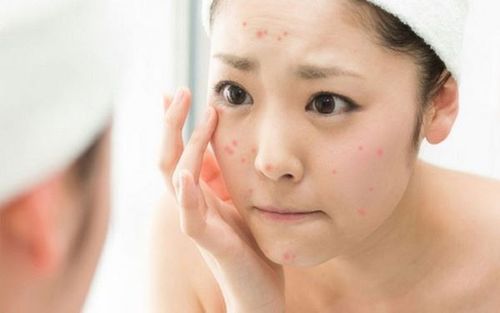
Tăng sản bã nhờn sẽ tạo thành 1 vết sưng lên dưới da, hay còn gọi là mụn.
3. Causes of increased sebum secretion
Seborrheic hypersecretion is most common in people middle-aged and older. People with fair skin, especially those who are regularly exposed to the sun, have a higher risk of disease. Some other causes of seborrhea include:
Genetic factors: Sebaceous hyperplasia also often occurs with a family history. People with Muir-Torre syndrome: This is a rare genetic disorder that is associated with a high risk of cancer that also commonly develops sebaceous hyperplasia. People taking the immunosuppressant drug cyclosporine (Sandimmune) can cause sebaceous hyperplasia.
4. How is sebaceous hyperplasia treated?
Seborrheic hyperplasia does not require treatment unless the pimples are excessive or cosmetically compromised.
To get rid of this condition, the affected sebaceous glands need to be removed. Here are some of the popular methods used to treat, remove glands or control sebum accumulation:
Electrocautery: This technique uses an electrically charged needle that is heated, ignited, and burned. to make the swelling evaporate. The pimple will scab over and eventually fall off. However, this method may also cause some discoloration in the affected area. Laser therapy: Indicates the use of a laser to smooth the top layer of the skin and remove trapped sebum. Cryotherapy: Your doctor may order to freeze the bumps, making it easier for them to fall off your skin. This treatment can also cause some discoloration of the skin. Retinol: When applied to the skin, this form of vitamin A can help reduce or stop congested sebaceous glands. Low concentrations of retinol can be purchased without a prescription, but the most effective treatment for sebum on the skin is a prescription drug. Photodynamic therapy: Indicates the use of a drug that makes the cells in the skin sensitive to light, then uses strong light therapy to kill the cells. However, this technique makes the skin after the procedure is sensitive, easy to peel, swell and red. Anti-androgen drugs: Higher levels of testosterone can be a cause of increased sebum production. Therefore, using prescription anti-male hormones to lower testosterone is a treatment for seborrhea in women. Warm compress: Apply a warm compress or towel to the swelling that can cause swelling. Helps dissolve buildup, reducing swelling and inflammation. While warm compresses won't get rid of the sebaceous hyperplasia, it will make the acne breakouts smaller.
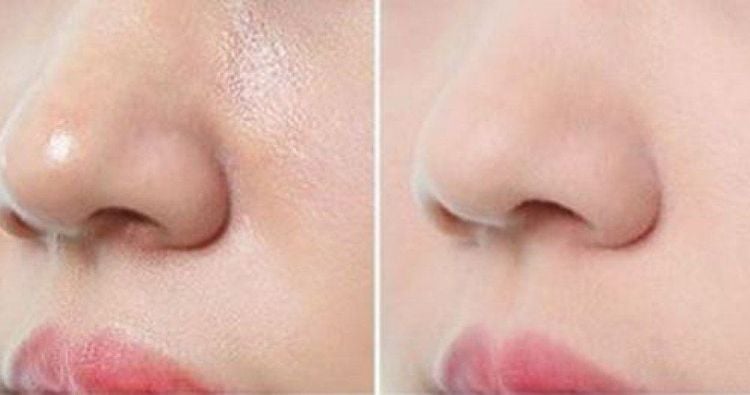
Tăng sản bã nhờn không cần điều trị trừ khi các nốt mụn xuất hiện quá nhiều, ảnh hưởng nhiều tới tính thẩm mỹ.
5. How to prevent sebaceous hyperplasia?
Currently there is no method to prevent sebaceous hyperplasia, but the risk of this disease can be reduced by:
Wash your face with cosmetics containing salicylic acid or low content of retinol to prevent the sebaceous glands from being damaged. jam. Sebaceous gland hyperplasia is linked to UV exposure, so avoid the sun as much as possible to help prevent it. When you go outside, use a sunscreen with an SPF of at least 30. Sebaceous hyperplasia is harmless, but the bumps it causes can affect facial aesthetics. Therefore, you should talk to a dermatologist to find the right method to remove the bumps.
Please dial HOTLINE for more information or register for an appointment HERE. Download MyVinmec app to make appointments faster and to manage your bookings easily.
Reference source: healthline.com
